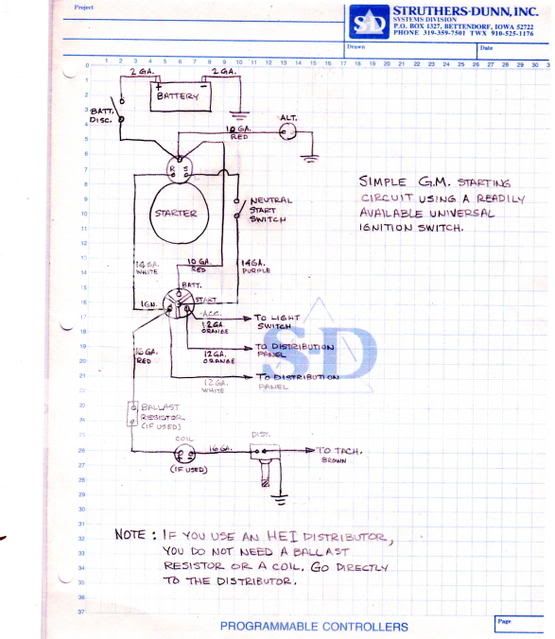t-4-2
Member
I hate to sound stupid, but can anybody explain how to wire one of those new mini starters with only two wires needed. I just can't seem to grasp the electric stuff. It will start until I release the key from the start position and then just die. The spark just falls off and it stalls. I had to install my old original starter to at least start and break in the engine. I have a Mallory unilite distributor using a 12V ballast. This is on a 383 Stroker Chevy engine. HELP an electrically challenged person, please and thanks.




